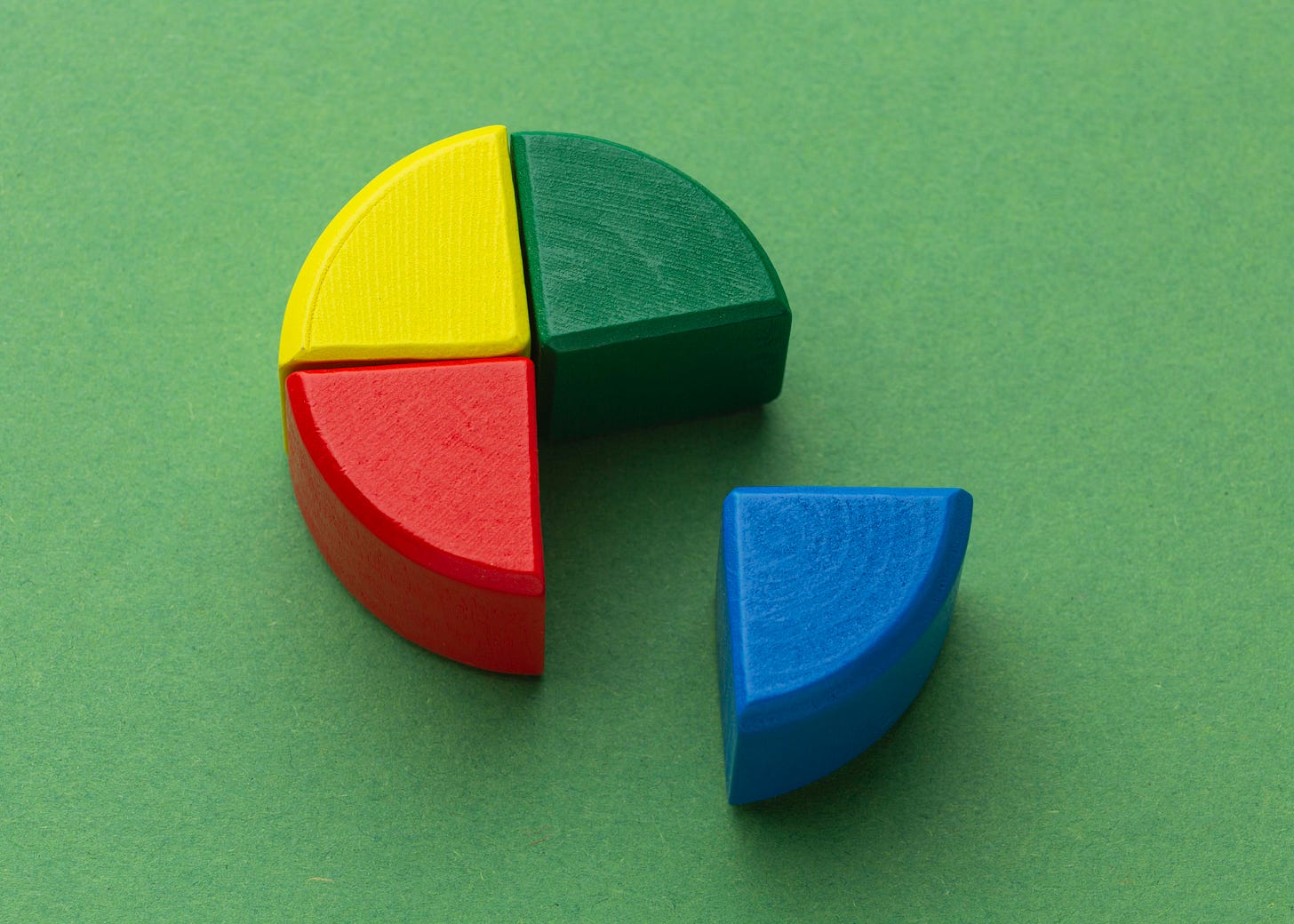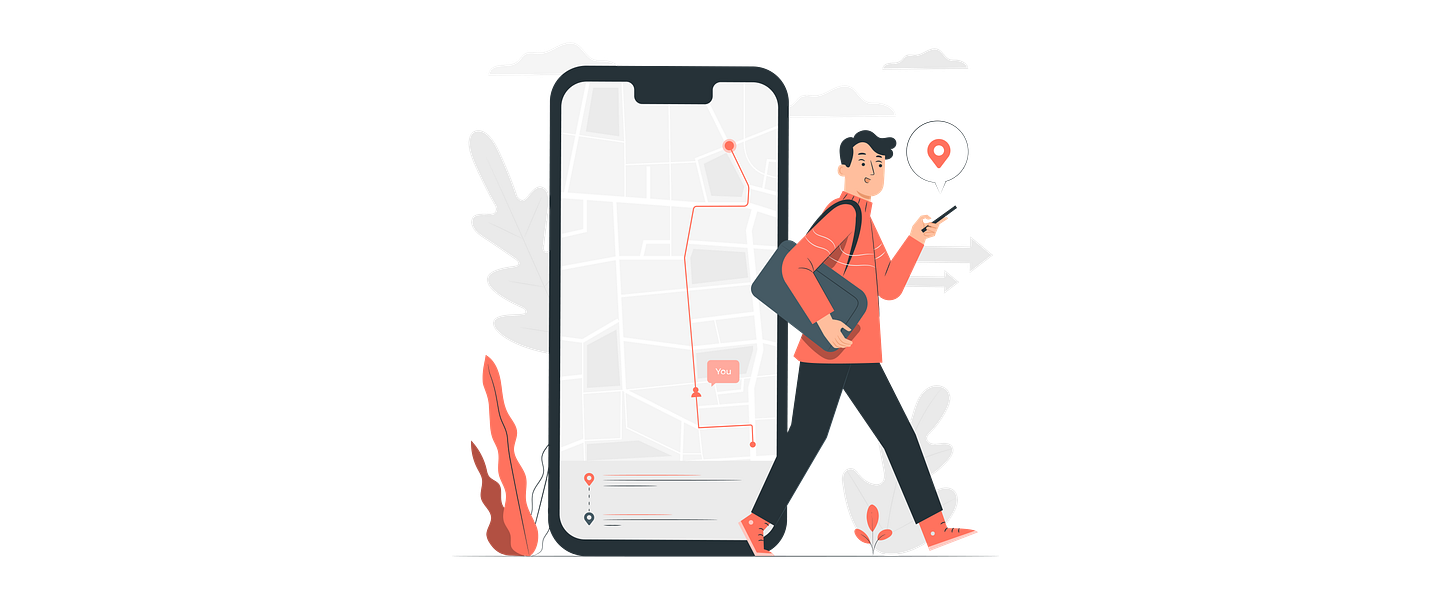Demystifying the Journey: How Data Travels Through the Internet
Ever wonder how your selfies, emails, and cat videos zip around the internet so fast? Well, buckle up, because we're about to dive into the wild ride your data takes every time you hit 'send'.
Welcome aboard the virtual data highway! Whenever you send an email, stream a movie, or browse a web page, you're sending and receiving data through the vast interconnected network that we call the Internet. But how does this data reach from one point to another so seamlessly and quickly?
In this enlightening voyage, we're going to trace the fascinating path that data takes when traveling across the internet. We will delve into the world of data packets, the role of routers and servers, the importance of Internet Service Providers (ISPs), and the unique addressing system that ensures data reaches its intended destination.
This is your ticket to understanding the captivating journey of data, navigating the highways and byways of the internet. So, fasten your virtual seatbelts as we embark on this informational journey to unravel the marvel of internet communication.
Breaking Down Data Into Packets
Just like how we divide a big task into smaller, manageable parts, data transferred over the internet is broken down into smaller pieces known as 'data packets'.
Why packets, you ask? Imagine if you had to send a large, 500-page document by post, and the only option was to send it in one big box. The box might get damaged in transit, or it could be too large for some post offices to handle. The same principle applies to data.
By breaking down data into packets, we make sure the data is manageable and can be handled efficiently by all the various parts of the internet infrastructure. If one packet fails to reach its destination, only that packet needs to be re-sent, not the entire data. This process of breaking down data into packets is done by your computer before the data is sent out. Your computer also adds a header to each packet. The header contains important information like where the packet is coming from, where it's going, and in what order the packets should be arranged at their destination.
Next time you send an email or download a file, remember, it's not one big chunk of data moving around. It's a group of tiny data packets, each embarking on its own journey through the vast internet.
The Long, Windy Road – The Route Data Packets Take
Have you ever used a GPS while driving? It offers multiple routes to the same destination - the quickest, the shortest, the one avoiding tolls. Something similar happens with data packets. The path they take isn't always the most direct. Instead, it's the one that, at that moment, can best ensure they arrive at their destination quickly and accurately. Imagine data packets as little cars, making their way through the internet highway, constantly finding the best routes to ensure your message gets delivered
How is this path decided, you ask? The big bosses in this scenario are smart devices we call routers. You can think of a router as a kind of traffic controller for the information highway. Their primary job? Deciding the route a data packet should take to reach its destination efficiently. Imagine the router as the GPS in the little data car. As soon as your data packet leaves your device, it gets onto the internet highway. The router connected to your network is the first stop on its journey. It's the first to handle your packet and set it off in the right direction, ensuring your message is on the fastest and safest route to its destination. And all of this happens in the blink of an eye!
Routers talk to each other to get a sense of the internet's current state. Is there congestion due to heavy data traffic? Is a particular path down because of maintenance or a technical issue? These are the kinds of things routers need to know.
Once the best route is determined, the packet is sent on its way. But the journey doesn't end there. The packet will pass through many other routers on its way to its destination.
HTTP and HTTPS - the two ways that your computer talks to the server
HTTP, or HyperText Transfer Protocol, is like the language that computers use to communicate with each other over the internet. It's a set of rules that computers follow when they send and receive information, like the text, images, and videos that you see on a website. When your computer uses HTTP to ask a server for a website, that request, and the server's response, are not secured. That means someone else could potentially sneak a peek at the information being sent back and forth.
HTTPS, or HyperText Transfer Protocol Secure, is just like HTTP, but with an extra layer of security. That extra "S" stands for Secure. It means that the data being sent back and forth is encrypted - it's turned into a special code that only your computer and the server can understand. This makes it very hard for anyone else to read the information being exchanged, even if they manage to get hold of it. This is especially important when you're entering sensitive information, like passwords or credit card numbers, on a website.
So, in simple terms, HTTP is like sending a postcard, where anyone who sees it can read what's written. HTTPS is like sending a letter in a sealed envelope, so that only the person who opens it can read what's inside.
It's truly a marvel of modern technology that this complex process happens in mere milliseconds! Next time you're streaming a video or loading a web page, remember the winding journey each tiny data packet makes to make it possible.
At the Destination – How Your Data is Received
When you send a letter, someone must be there to receive it, open it, and read the contents, right? The same principle applies to data packets.
When the data packets finally arrive at their destination (the server), they are received, unpacked, and read. The server then sends an acknowledgement back along the route the packets took, letting the routers and your device know that the packets arrived safely.
Sometimes, due to various issues like high traffic or technical glitches, not all packets reach their destination. In this case, your device will know because it won't receive an acknowledgement for those packets. It will then resend those missing packets.
This is another marvel of the internet - its ability to self-correct and ensure the integrity of the data being sent. Even in the face of obstacles, it finds a way to get your data where it needs to go. In the next section, we'll explore what happens when your data reaches its final destination and how it's interpreted.
Decoding Data – Your Request Comes to Life
After the long journey, the data packets have finally arrived at their destination server. But the journey doesn't end here. Now comes the task of assembling and interpreting the data.
When the data packets are received, they are reassembled in the correct order based on the sequence numbers. This results in the original data request you sent.
However, if your communication with the server was secured using HTTPS (HyperText Transfer Protocol Secure), an extra step is involved here.
Before the server can read your request, it needs to decrypt the data packets. Remember, HTTPS adds an extra layer of security by encrypting the data, turning it into a special code during transmission that only your computer and the server can understand. The server has the correct 'key' to decrypt the data, turning it back into a format it can understand.
The server then interprets your decrypted request. If you requested a webpage, the server fetches the HTML, CSS, and JavaScript files for that page. It then sends those files back to you in the form of data packets. But this time, if the server is using HTTPS, it first encrypts the data before sending it back. This way, the data remains secure as it makes the return journey to your computer.
Upon receiving the data packets, your computer then decrypts them, reassembles them in the correct order, and finally presents you with the webpage you requested.
As you can see, data transfer on the internet is a very complex process, with multiple steps and numerous points of communication. It's a marvel of modern technology that this happens in mere milliseconds!
Keywords - Understanding the Vocabulary of Data Transfer
Data Packets - These are the fundamental units of data transferred over the internet. Data is split up into these small packets for efficient travel.
IP Address - This is the unique identifier or 'home address' for a device connected to the internet. It ensures data is sent and received from the correct location.
Router - A device that guides data packets along the best path to their destination, ensuring they reach their correct destination.
TCP/IP - Short for Transmission Control Protocol/Internet Protocol, this is the communication protocol that allows data to be exchanged between computers on the internet. It is the universal language of the internet.
DNS - The Domain Name System translates human-readable web addresses into the IP addresses that computers use. It's the translator between humans and computers.
HTTP, or HyperText Transfer Protocol - the language that computers use to communicate with each other over the internet.
HTTPS, or HyperText Transfer Protocol Secure - like HTTP, but with an extra layer of security.
Explained to a Kid
Alright kiddo, imagine you want to send a letter to your friend who lives far away. The letter is too big to send all at once, so you tear it up into smaller pieces, each piece with your friend's address on it.
These small pieces are like the data packets we send over the internet, and the friend's address is like the IP address of the computer you want to send data to.
When you give your letters to the post office (our router), they make sure each piece of the letter takes the fastest route to your friend's house. Sometimes they take different paths, but don't worry, they all reach the same place.
The postman (DNS) knows your friend's name and house, but he uses their exact address to deliver the letters. Similarly, computers use IP addresses to know where to send data, even if we just type in a website name.
And that's how your message travels to your friend over the internet!
What to Remember
The internet is like a massive web of interconnected computers.
Data is divided into small packets for easy transportation across the internet.
Each device on the internet has an IP address, which helps in directing the data packets.
Protocols like IP and TCP ensure that data packets reach their destination and can be assembled correctly.
Conclusion
We've embarked on a remarkable journey, tracing the path data takes as it travels from your device, through the complex web of the internet, to its destination and back again.
We've seen how a simple action, like entering a URL or clicking a link, initiates a fascinating process that involves converting data into packets, sending them through a labyrinth of routers, and finally assembling them at their destination.
This intricate system enables us to access a world of information at our fingertips, in fractions of a second. It's truly a testament to the power of human innovation and the endless possibilities of technology.








